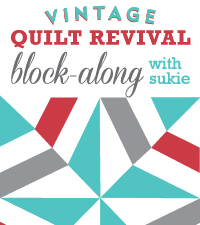
Jessica writes one of my favorite blogs, How about Orange The fabrics are fantastic, and as they are a lightweight canvas duck, I decided to make some tote bags. I’m still experimenting with linings and interfacings, but I’m pleased with the results so far. My goal was to replace the pictured bag that has been an indispensible travel companion for many years. It’s way past its prime, but the size, and weight are perfect for books and magazines

I started by making the straps, covering a 1” wide strip of cotton webbing with the handle fabric. I cut the strapping 45” long, and cut the fabric the same length only 3” wide. That allows enough fabric to wrap around the strapping and stitch. It is not necessary to finish the inside edge as pictured in the photo.

Make at least three rows of stitching on the straps, then cut this long strip in half for the two handles and set them aside.

Next task was to join the bag pieces right sides together and stitch around the sides and bottom of the bag.
I then turned the bag right side out, and pressed the top edge of the bag to the outside, about 1/2”

You may notice that the body of the bag has stitching on it. I did want extra heft, so I stitched a layer of natural canvas to the wrong side of the bag and then treated the two layers as one piece of fabric.
I then marked and pinned the handles to both the front and back of the bag and stitched them on.

To cover the stitching and secure the handles, I cut a strip of fabric and turned under the edges. I wanted the finished edge to be about the same width as the handles.

I then lined up the top of the bag with the top edge of the fabric strip and stitched as closely as possible.

I then stitched the other edge to the body of the bag. To avoid raw edges on the top border, you will need to lap the border. It’s a good idea to offset the lap from the side seam so you are not sewing through many layers of fabric.

I like a flat bottom bag, so I mitered the corners. To do this, grab one of the bottom corners and match it with one side seam and the bottom seam line. This will form a triangle. You should be able to feel that your bottom seam and side seam are together.
I lay a triangle the size I want my miter to be, then mark and sew


I generally leave the corners uncut for added stability in the bottom. but if you like, you can cut 1/4” away from the stitching an finish with an overcast or zigzag stitch.

I then made a sleeve and inserted plastic needlepoint canvas into the sleeve to make a sturdy bottom for my bag.

All done

For a super simple tote bag tutorial and more bags using Outside Oslo fabric, check out Molly’s 20 minute tote from the Purl Bee.





Great step-by-step photos. The bag is so lively and pretty...well done!
ReplyDelete